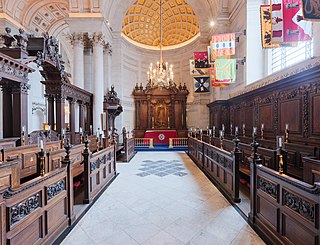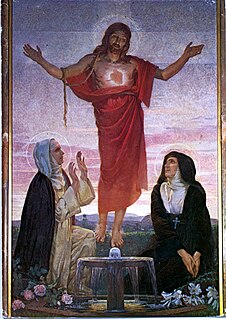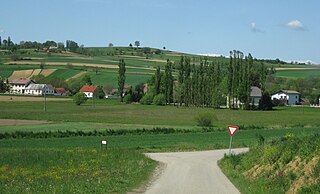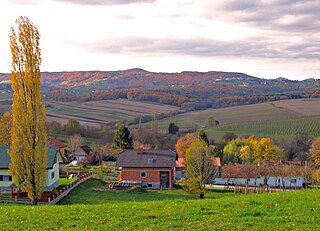| Ropoča | |
|---|---|
 | |
| Coordinates: 46°45′35.87″N16°1′30.22″E / 46.7599639°N 16.0250611°E Coordinates: 46°45′35.87″N16°1′30.22″E / 46.7599639°N 16.0250611°E | |
| Country | |
| Traditional region | Prekmurje |
| Statistical region | Mura |
| Municipality | Rogašovci |
| Area | |
| • Total | 3.28 km2 (1.27 sq mi) |
| Elevation | 318.2 m (1,044.0 ft) |
| Population (2002) | |
| • Total | 234 |
| [1] | |
Ropoča (pronounced [ˈɾoːpɔtʃa] ; Hungarian : Rétállás [2] ) is a village in the Municipality of Rogašovci in the Prekmurje region of northeastern Slovenia. The Ledava River flows into a reservoir just south of the main settlement. [3]

Hungarian is a Finno-Ugric language spoken in Hungary and several neighbouring countries. It is the official language of Hungary and one of the 24 official languages of the European Union. Outside Hungary it is also spoken by communities of Hungarians in the countries that today make up Slovakia, western Ukraine (Subcarpathia), central and western Romania (Transylvania), northern Serbia (Vojvodina), northern Croatia, and northern Slovenia. It is also spoken by Hungarian diaspora communities worldwide, especially in North America and in Israel. Like Finnish and Estonian, Hungarian belongs to the Uralic language family. With 13 million speakers, it is its largest member in terms of speakers.

A village is a clustered human settlement or community, larger than a hamlet but smaller than a town, with a population ranging from a few hundred to a few thousand. Though villages are often located in rural areas, the term urban village is also applied to certain urban neighborhoods. Villages are normally permanent, with fixed dwellings; however, transient villages can occur. Further, the dwellings of a village are fairly close to one another, not scattered broadly over the landscape, as a dispersed settlement.

A municipality is usually a single urban administrative division having corporate status and powers of self-government or jurisdiction as granted by national and regional laws to which it is subordinate. It is to be distinguished (usually) from the county, which may encompass rural territory or numerous small communities such as towns, villages and hamlets.
There is a round chapel in the centre of the village dedicated to the Sacred Heart of Jesus. It belongs to the Parish of Pertoča. It was built in the early 20th century. [4]

The term chapel usually refers to a Christian place of prayer and worship that is attached to a larger, often nonreligious institution or that is considered an extension of a primary religious institution. It may be part of a larger structure or complex, such as a college, hospital, palace, prison, funeral home, church, synagogue or mosque, located on board a military or commercial ship, or it may be an entirely free-standing building, sometimes with its own grounds. Chapel has also referred to independent or nonconformist places of worship in Great Britain—outside the established church.

The devotion to the Sacred Heart is one of the most widely practiced and well-known Roman Catholic devotions, taking the heart of the resurrected Body as the representation of the love by Jesus Christ God, which is "his heart, pierced on the Cross", and "in the texts of the New Testament is revealed to us as God's boundless and passionate love for mankind".
A parish is a territorial entity in many Christian denominations, constituting a division within a diocese. A parish is under the pastoral care and clerical jurisdiction of a parish priest, who might be assisted by one or more curates, and who operates from a parish church. Historically, a parish often covered the same geographical area as a manor. Its association with the parish church remains paramount.












